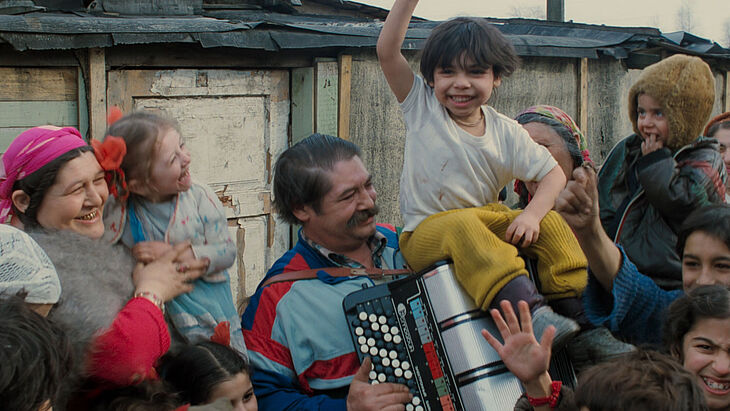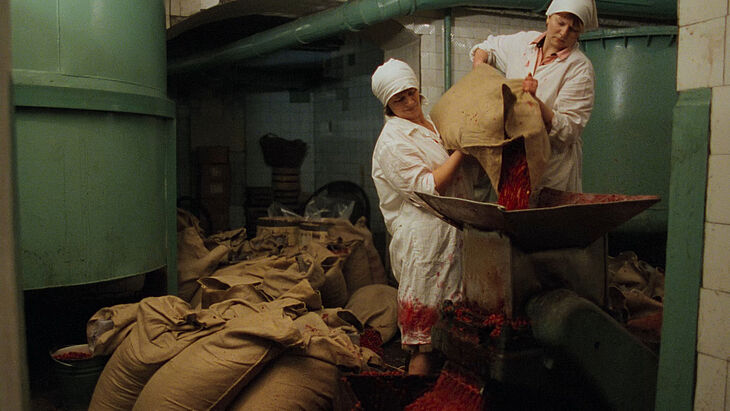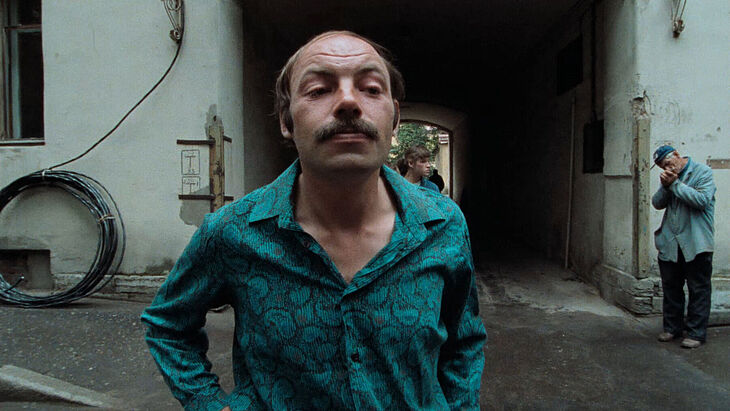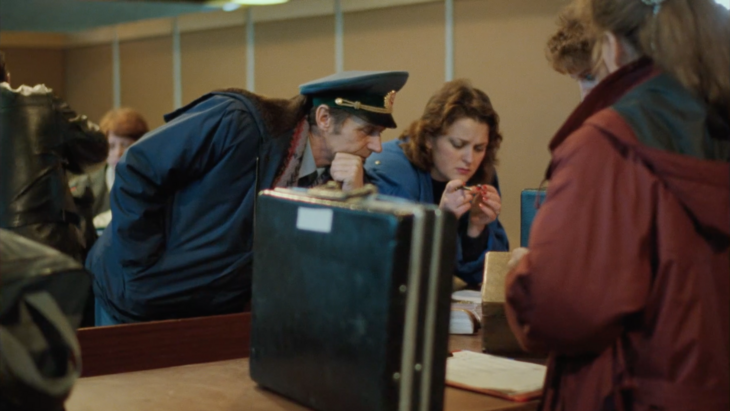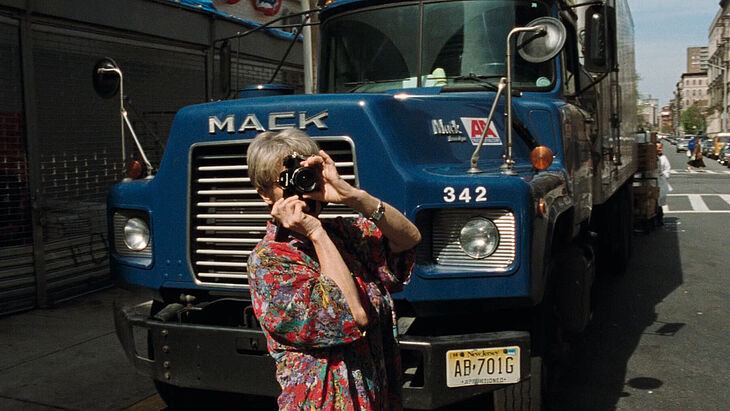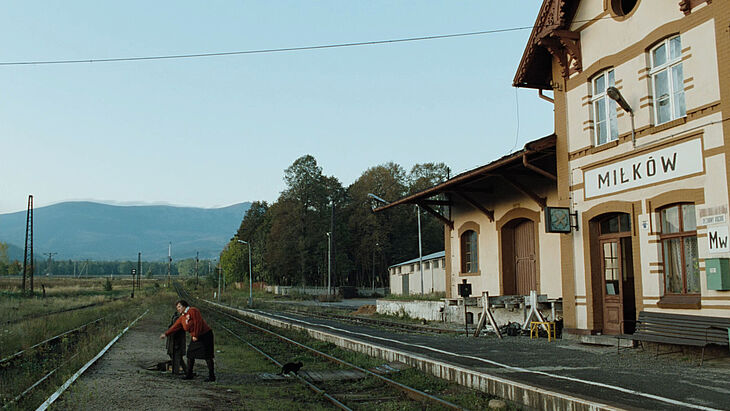Transition Period
The 1990s in Viola Stephan's films

Ślask–Schlesien (© SREDA FILM GmbH)
In the 1990s—a time when geopolitical spaces were being reorganized—Viola Stephan encountered people who were experiencing the effects of a period of transition. It was a decade of transformations, upheavals, shifts, and reorganizations. The filmmaker observes these changes patiently and with an open mind. Her talent for meeting people on equal terms and shaping images and sounds into poetic dramaturgical forms results in films that capture the complex lives of those years – in Berlin, Poland, New York, and Russia.
Born in Heidelberg, Viola Stephan studied Slavic Studies and Eastern European History in Berlin and London. She completed her studies with a doctorate and moved to New York in 1977, where Stephan directed plays and studied film at New York University. Three years later, she made her first documentary films. By 1989, Stephan had been living in Berlin again for several years when the fall of the Berlin Wall turned her home into a place where she could observe everyday life changing as if under a magnifying glass. In 1992, she made Kriegsende, which follows people of different backgrounds as they try to cope with the new conditions in the now wall-free city. Shortly thereafter, Stephan's gaze broadened. Ślask–Schlesien (1994) is an exploration of Silesia, while Borowitschi (1996) is a multi-layered observation of the Russian province. Stephan's films are like seismographs of historical events, recording how biographies have been shaped and how people's lives are continuously influenced. Today, more than 35 years after the fall of the Wall, Stephan's films offer rich material for a different historiography from the perspective of these people and places.
Stephan's films were shown at numerous international festivals, but have fallen into obscurity in recent years. Now, for the first time, six film productions are being shown in digitally restored versions. Transition period. The 1990ies in Viola Stephan's films also takes into account Stephan's companions, such as Victor Kossakovsky, with whom she worked repeatedly—as a producer and in project development—and who was responsible for the cinematography of Borowitschi.
In keeping with Karl Schlögels book Im Raume lesen wir die Zeit, it is films like Stephan's that enable us to read time. Viola Stephan is a sensitive filmmaker who maps moods and assembles images at the random moment of their greatest expressiveness. The people she encounters do not become mere characters in her films; they remain human beings in the transit of their time—people who have lived, are living, and will live. (Vivien Buchhorn)
The retrospective Transition period. The 1990ies in Viola Stephan's films, curated by Vivien Buchhorn, is sponsored by the Hauptstadtkulturfonds. Cooperation partners are the Delphi Filmpalast, the Arsenal – Institute for Film and Video Art, the Berlin City Museum, and SREDA FILM GmbH. Coinciding with the film series, an installation by Florian Wüst featuring excerpts from Viola Stephan's Kriegsende is on display at Berlin's Nikolaikirche. The digital restorations were funded by the FFE Filmerbe program, with concept development and archive viewing accompanied by producer Jana Cisar and technical responsibility provided by PHAROS – The Post Group.
